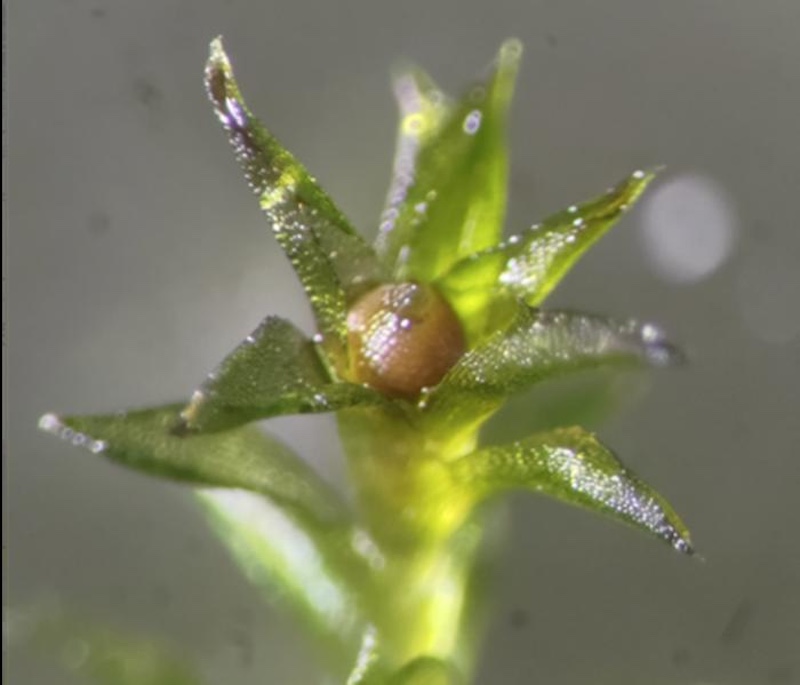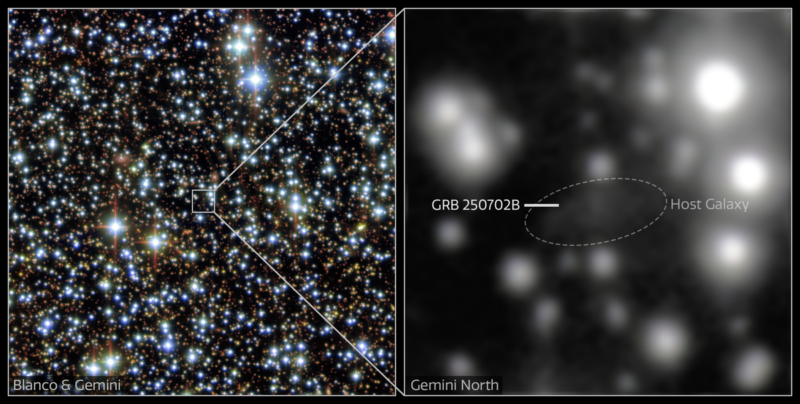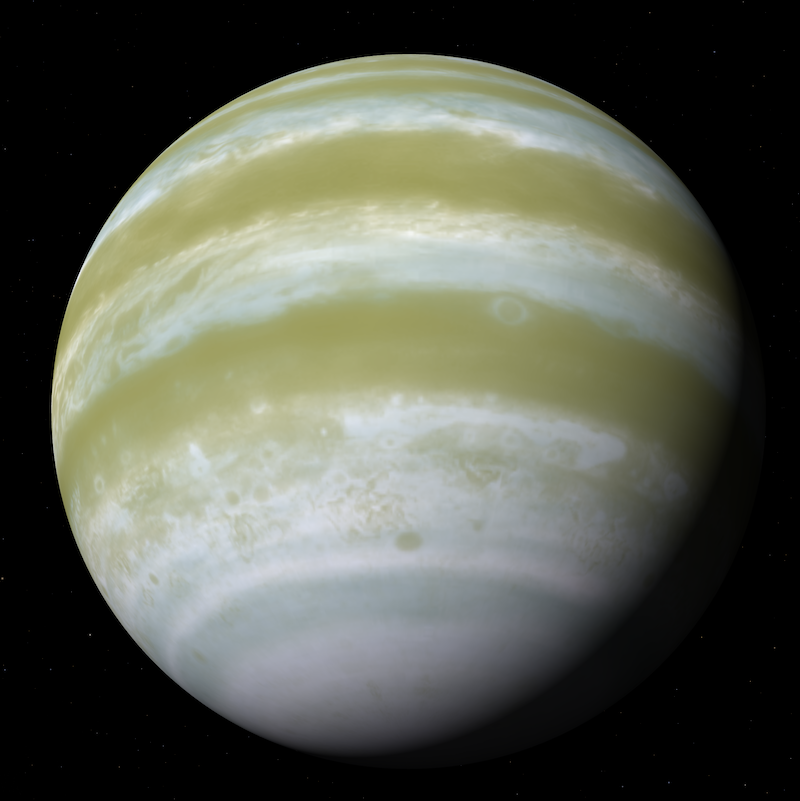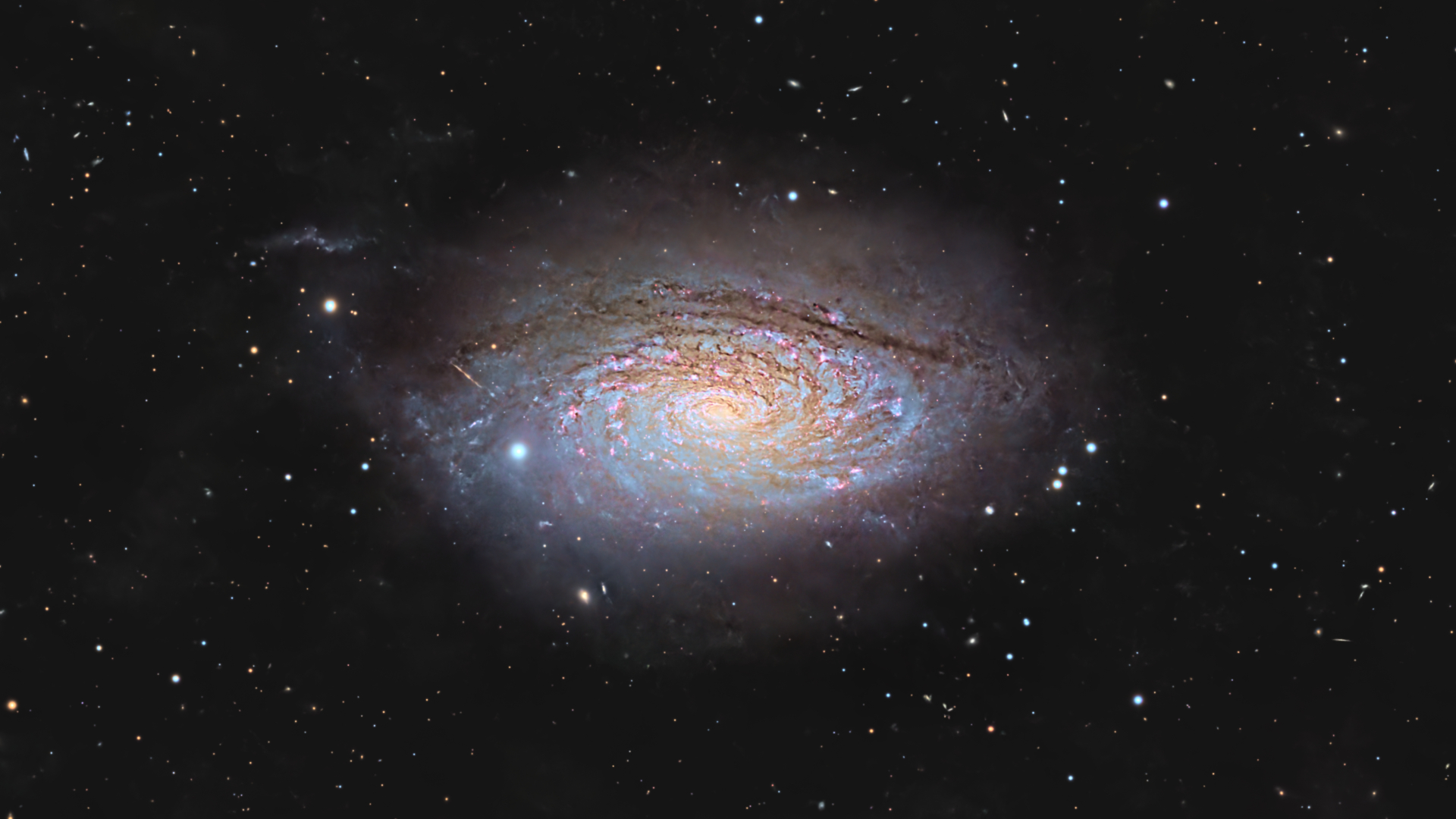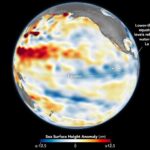Now Reading: Active tectonics on Venus? Old data reveal new clues
-
01
Active tectonics on Venus? Old data reveal new clues
Active tectonics on Venus? Old data reveal new clues
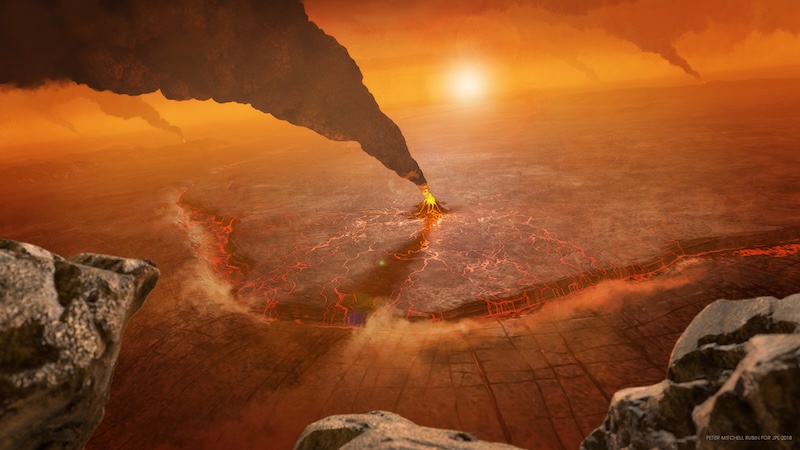

Science matters. Wonder matters. You matter. Join our 2025 Donation Campaign today.
- Is Venus still geologically alive? It doesn’t have tectonic plates (slabs of crust and upper mantle that move relative to each other), but is it still active in other ways?
- A new study of vast circular features called coronae suggests it is. The study uses data from NASA’s previous Magellan mission.
- The coronae are formed by other kinds of tectonic activity, where magma rises to the surface from below, the results suggest.
Active tectonics on Venus?
Is Venus still geologically active? The planet doesn’t have shifting tectonic plates as Earth does. But it does have many volcanoes, with growing evidence that at least some are still active. Now, there is new evidence that – despite the lack of moving slabs of Venus’ crust and upper mantle – tectonic activity is still reshaping Venus’ surface. Researchers said on May 14, 2025, that analysis of huge semicircular features called coronae revealed clues about ongoing tectonic processes on Venus. The scientists used archival data from NASA’s Magellan mission for the study.
The researchers, from NASA’s Goddard Space Flight Center, University of Maryland and University of Bern in Switzerland, published their peer-reviewed findings in Science Advances on May 14, 2025.
Venus lacks tectonic plates
Although Venus is rocky and almost the same size as Earth, it lacks tectonic plates. Tectonic plates are the pieces of Earth’s crust that float on molten material beneath them. They are constantly shifting and recycling the material on the planet’s surface. The scientific theory of them is known as plate tectonics.
But just because Venus doesn’t have tectonic plates doesn’t mean it can’t be tectonically active. There could still be hot magma below the surface. Indeed, the growing evidence for still-active volcanoes on Venus suggests this. So is Venus still tectonically active as well? To try to answer that question, the researchers looked at features on Venus called coronae.
"#Coronae" are defined by a (partial) quasi-circular ring of closely spaced concentric fractures. They are hugely abundant on #Venus' surface and considered key for Venus' tectonic and volcanic history ???doi.org/10.1029/2024…
— Dr. Anna Gülcher (@planetaryanna.bsky.social) 2025-05-08T07:14:02.956Z
Venus’ enigmatic cornoae
Coronae are huge semicircular or oval features ranging from dozens to hundreds of miles across. And scientists have identified hundreds of them on Venus. They have no counterparts on Earth. Scientists think they are spots where hot material, or magma, is pushing up to the surface from the mantle below. As a result, the coronae tend to have a fractured appearance.
For the new study, the researchers used data from the Magellan mission to Venus. Magellan launched in 1989 and orbited Venus until 1994. That data might be old, but it is still the most detailed gravity and topography data that scientists have to work with.
Lead author Gael Cascioli is an assistant research scientist at the University of Maryland and NASA’s Goddard Space Flight Center in Greenbelt, Maryland. He said:
Coronae are not found on Earth today; however, they may have existed when our planet was young and before plate tectonics had been established. By combining gravity and topography data, this research has provided a new and important insight into the possible subsurface processes currently shaping the surface of Venus.
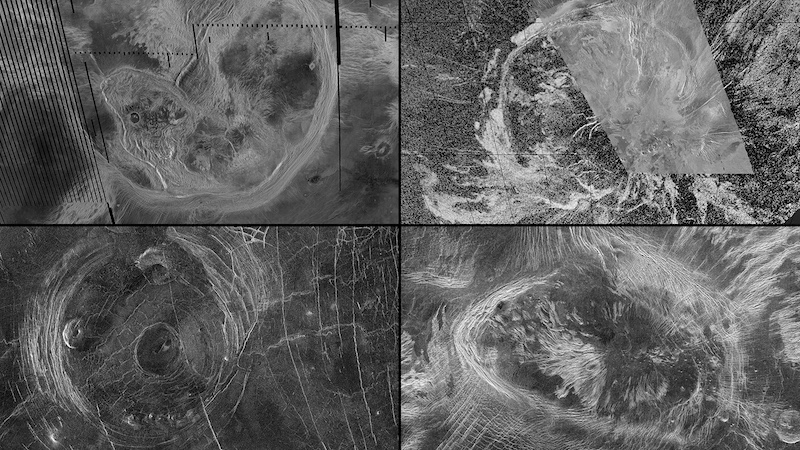
Theories about coronae and tectonics on Venus
Scientists still aren’t sure how coronae form. But there are a lot of them, and they’re in regions where the lithosphere – the crust and solid upper part of the mantle – is thin and there is subsurface heat. There might be multiple explanations for them, as Anna Gülcher, a scientist at the University of Bern, noted:
Coronae are abundant on Venus. They are very large features, and people have proposed different theories over the years as to how they formed. The most exciting thing for our study is that we can now say there are most likely various and ongoing active processes driving their formation. We believe these same processes may have occurred early in Earth’s history.
The researchers used complex 3D geodynamic models to illustrate various formation scenarios for plume-induced coronae. Then, they combined that with both the gravity and topography data from Magellan. The researchers studied 75 coronae altogether. They found that 52 of them had hot, buoyant material, or magma, beneath them.
This might be evidence of subduction. On Earth, this happens when the edge of one tectonic plate slips beneath an adjacent plate. But on Venus, the plume of magma simply pushes upward, causing surface material to rise and spread outward.
Two other processes might also be occurring. One is called lithospheric dripping, where accumulations of cooler material sink back down from the lithosphere into the mantle. Also, in places where the lithosphere is thicker, plumes of magma could drive volcanism on the surface.

Venus’ geology more Earth-like than thought
The findings show that, despite not having tectonic plates, the geological processes on Venus are still more Earth-like than previously thought.
NASA is planning a new orbiter mission to Venus called VERITAS, to launch no earlier than 2031. The gravity maps that VERITAS produces will be much higher in resolution than those of Magellan. They will help scientists better understand what is happening on and below Venus’ surface. As noted in the paper, it will observe 427 coronae. Co-author Suzanne Smrekar, a planetary scientist at JPL and principal investigator for VERITAS, said:
The VERITAS gravity maps of Venus will boost the resolution by at least a factor of two to four, depending on location; a level of detail that could revolutionize our understanding of Venus’ geology and implications for early Earth.
VERITAS will also use synthetic aperture radar to create 3D global maps, as well as a near-infrared spectrometer to study the composition of Venus’ surface. In addition, it will measure Venus’ gravitational field for clues about the overall structure of Venus’ interior.
The European Space Agency’s Envision mission, to launch in the early 2030s, will also study Venus’ gravitational field in great detail.
Bottom line: Are there active tectonics on Venus? A new study of the planet’s enigmatic coronae, based on old data from NASA’s Magellan mission, says yes.
Source: A spectrum of tectonic processes at coronae on Venus revealed by gravity and topography
Read more: Active Venus volcanoes revealed again in Magellan data
Read more: Venus’ clouds could soon be brought to Earth
The post Active tectonics on Venus? Old data reveal new clues first appeared on EarthSky.
Stay Informed With the Latest & Most Important News
Previous Post
Next Post
-
 012024 in Review: Highlights from NASA in Silicon Valley
012024 in Review: Highlights from NASA in Silicon Valley -
 02Panasonic Leica Summilux DG 15mm f/1.7 ASPH review
02Panasonic Leica Summilux DG 15mm f/1.7 ASPH review -
 03From Polymerization-Enabled Folding and Assembly to Chemical Evolution: Key Processes for Emergence of Functional Polymers in the Origin of Life
03From Polymerization-Enabled Folding and Assembly to Chemical Evolution: Key Processes for Emergence of Functional Polymers in the Origin of Life -
 04How New NASA, India Earth Satellite NISAR Will See Earth
04How New NASA, India Earth Satellite NISAR Will See Earth -
 05And Thus Begins A New Year For Life On Earth
05And Thus Begins A New Year For Life On Earth -
 06Astronomy Activation Ambassadors: A New Era
06Astronomy Activation Ambassadors: A New Era -
07SpaceX launch surge helps set new global launch record in 2024












